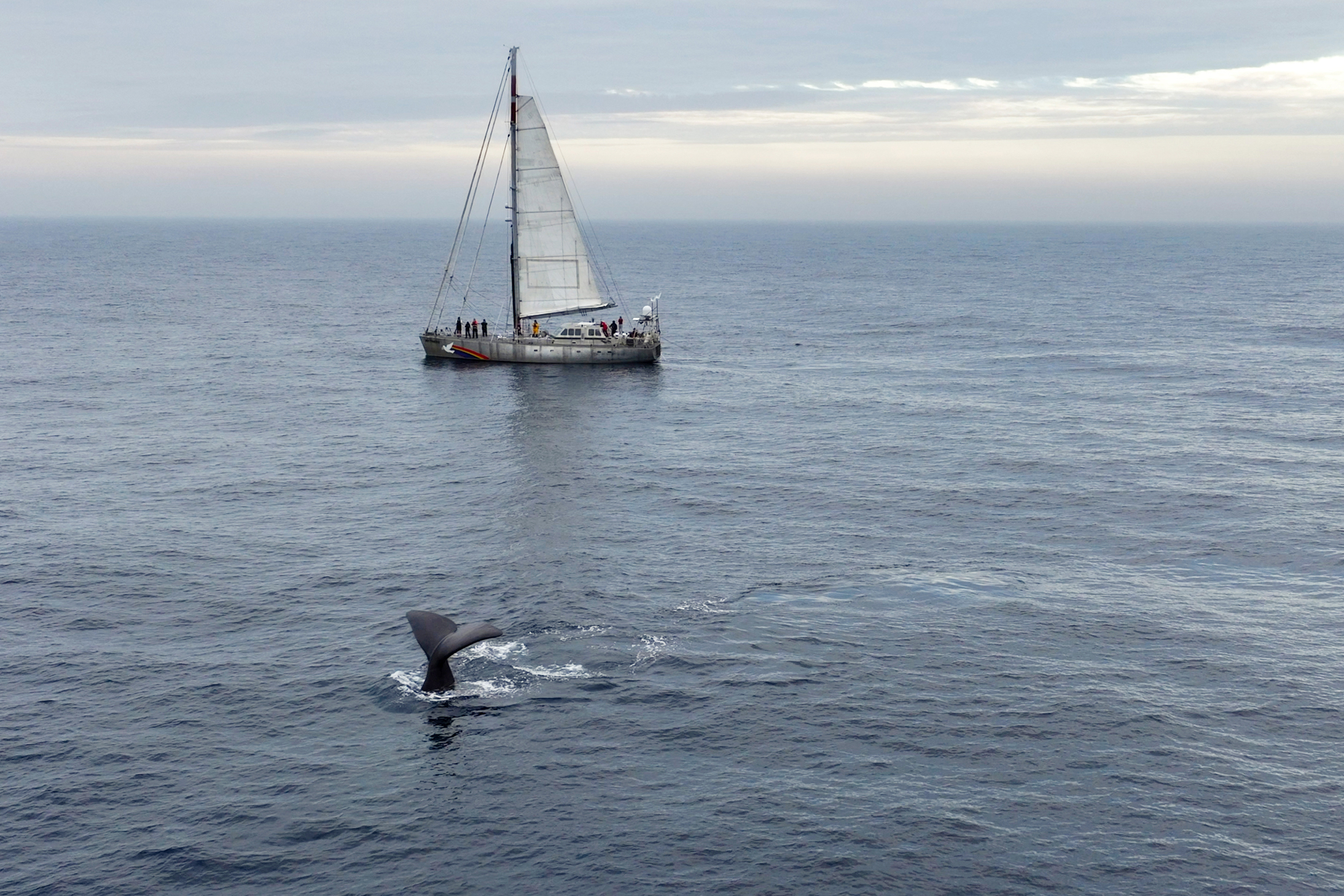Impact of Marine Heat Waves on Arctic Mammals
Recent studies highlight the serious impacts of marine heat waves (MHWs) on marine mammals in Arctic and Subarctic regions. As ocean temperatures rise, these mammals face increased mortality rates, reduced reproductive success, and heightened vulnerability to diseases. The Arctic Ocean is expected to become hotspot for MHWs, which are defined as periods when sea surface temperatures (SST) exceed historical norms for extended durations.
About Marine Heat Waves
MHWs occur when SST anomalies surpass the local 90th percentile for at least five consecutive days. They can vary in scale, impacting areas from a few to thousands of kilometres. The study examined MHW characteristics in the Bering Sea and Barents Sea, crucial pathways to the Arctic Ocean. Key historical events from 2014 to 2019 were analysed to understand their ecological consequences.
Effects on Marine Mammals
Marine mammals, including species like narwhals and bowhead whales, show delayed responses to MHWs. This delay stems from their position in the food web and their biological traits, such as long life spans and high mobility. While their blubber provides insulation, it can hinder their ability to regulate body heat during extreme temperature shifts.
Mortality Trends and Health Risks
The study reveals a concerning trend of increased mortality among marine mammals during prolonged warm periods. For instance, humpback and fin whales exhibited high mortality rates following the Gulf of Alaska MHW from 2014 to 2016. Additionally, the first recorded case of avian influenza in a polar bear in 2024 puts stress on the health risks posed by MHWs and their potential to facilitate disease transmission among species.
Long-term Ecological Implications
MHWs can lead to toxic algal blooms, further endangering marine mammals. The long-term consequences include reduced population sizes and low calf production rates. For example, spotted seals in the Bering and Chukchi seas suffered high mortality and poor pup health due to warmer conditions.
Behavioural Changes
In response to MHWs, some species may alter their foraging behaviours or migrate northward. However, Arctic residents lack this option. Changes in prey distribution can also lead to increased entanglement in fishing gear, as demonstrated by the shift of humpback whales towards southern fishing areas post-MHW.
Month: Current Affairs - February, 2025
Category: Environment Current Affairs








